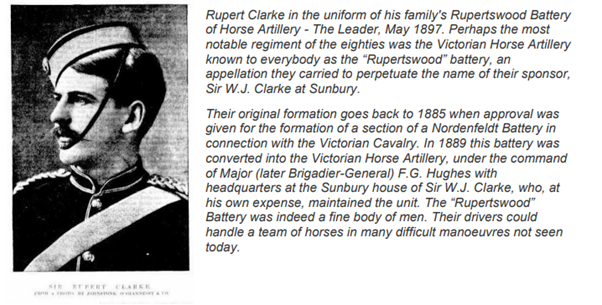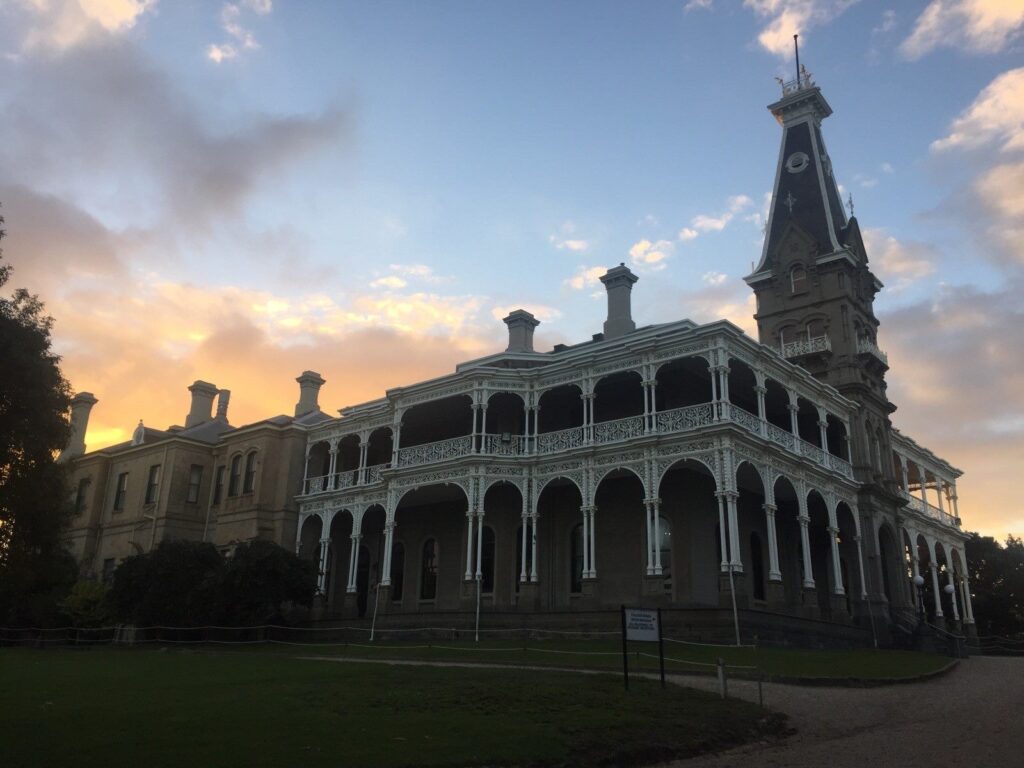Sir Rupert Clarke
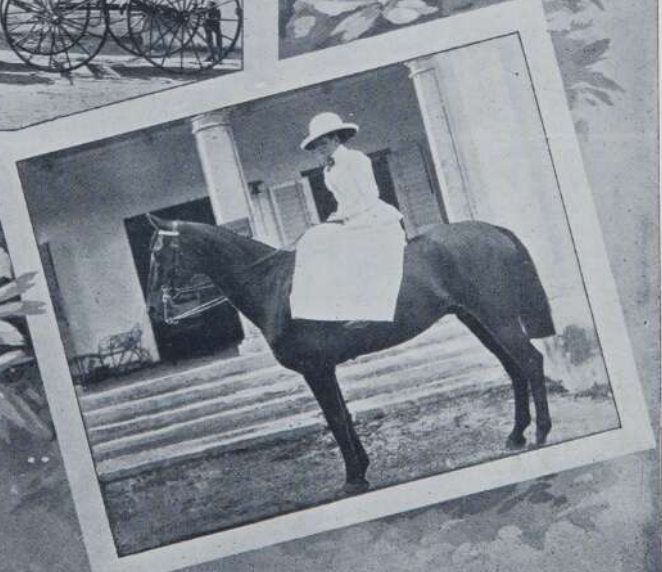
© Janet Lane. Image of Rupert Clarke’s horses in India, The Australasian Pastoralists’ Review, May 16th, 1896.
Waler mare Coolibah was at Salesian College Rupertswood for a semester in 2017 to help celebrate the 100 year anniversary of The Battle of Beersheba. On her arrival it was as if she already knew the property, striding along confidently on her first trail ride there, including doing her very first creek crossing with aplomb!
Sir Rupert Havelock Clarke, Bart….
Born into wealth which included several large properties as well as inheriting a baronetcy, Sir Rupert was as enterprising as his ancestors. He tried many ventures – among them the India trade. His grandfather was known as “Big Clarke” – Sir William was the biggest landowner in Australia at his death in 1874. Born in Australia, Rupert was educated at Oxford. He inherited the title on his father’s death in 1897 In 1899, interviewed as a load of his horses was shipped for Colombo, Rupert said government army buyers in Madras got all their horses from three major Australian horse traders; hence his market was private sales to Indians, which exceeded army sales anyway.
Rupert’s horse trading to India got bigger in 1898 after the Victoria Racing Club rubbed him out as owner – through no fault of his own. They scratched all his horses in forthcoming races such as the Grand National. The VRC was ruthlessly making a monopoly, barring all who raced ponies and horses at unregistered meetings. This led to Thoroughbreds being the only horses allowed to race. Rupert bought two ponies, Metallica and Silver Bell. Unknown to him Metallica had formerly raced at unregistered meetings, and Silver Bell too, a day or two after he bought her. In fact – he didn’t know he owned her – an agent of his, T. J. Burke, an honest man, bought her among others for India, a term being she was allowed to run a race she was already entered for.
The VRC re-instated Rupert after half an hour, but spitefully, his horses remained scratched. He was quietly disgusted, withdrew his committee nomination and vowed never to race a horse again in Victoria. He was a man of his word. As fate had it, his father Sir William, also a great horseman and horse breeder, had turned his back on racing after decades dedicated to it, and sold up his stud, after a similar experience (in his case, his horses being used without his knowledge for race fixing). Rupert sold Metallica and Silver Bell to India. They did not travel alone. He sent shiploads over.
The VRC caused the loss of top bloodlines, much lamented in Victoria. Burke who took Rupert’s horses to India, bought two expensive Arab stallions – Hussar, bought from Sir Mansfield Clarke, and White Czar, which had won many races. Then Burke died unexpectedly in Madras, before the horses were sold and the Arabs sent to Australia. Much upset at the loss of this good man, who had also been fluent in Hindustani, Rupert went over immediately to support Burke’s wife, and sell the horses, and arrange the homeward journey of his Arabs.
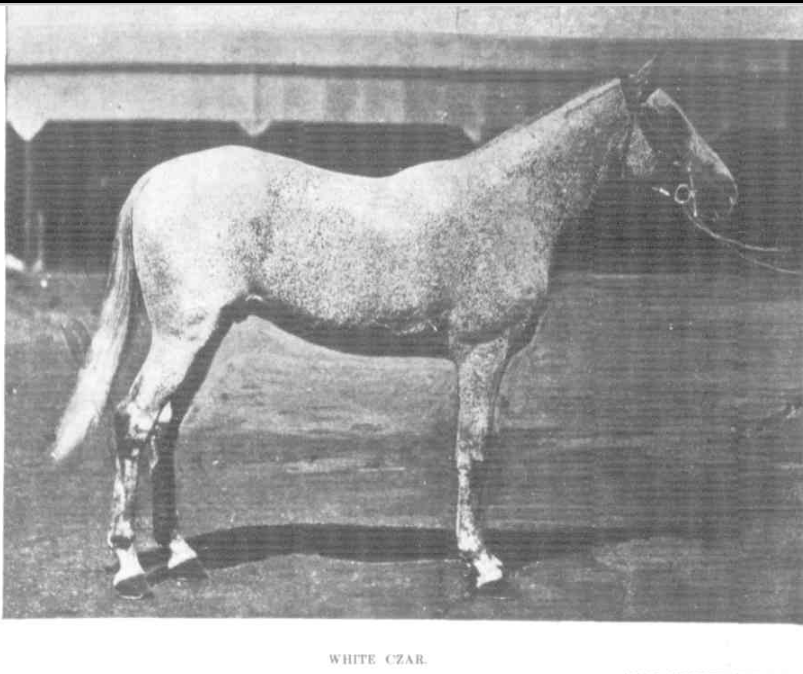
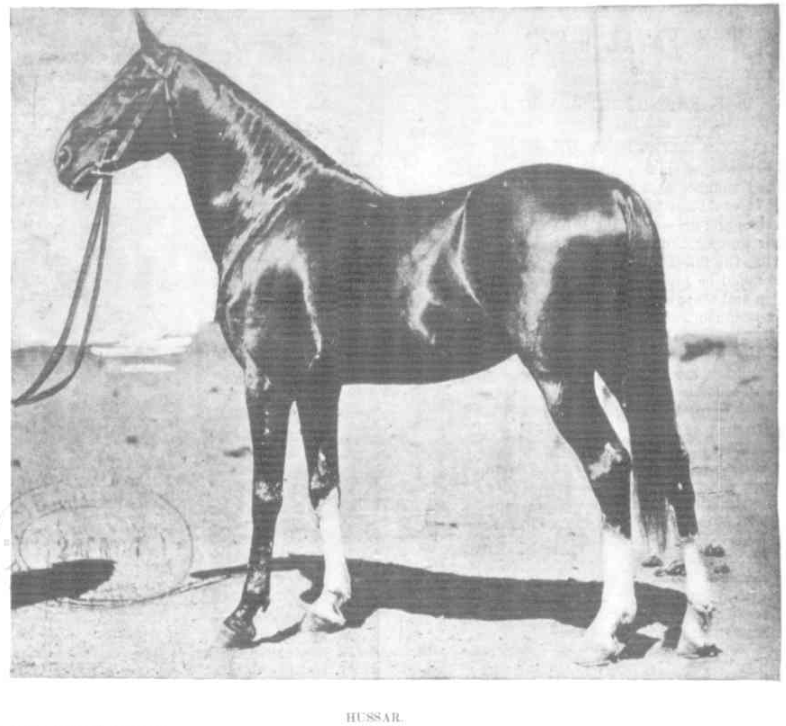
His next load went with horseman Harry Looney, an employee on his estates who was the coachman, a hunting man and member of his Rupertswood Artillery. A team of six matched creams and another of six matched greys were in the first load of 220 horses sent in July (he sent two loads that month). Another load went over in December. In time the two stallions Burke had bought proven successful, their progeny gaining top prices for Rupert, when shipped to India. In late 1899 Glasscock acted as his agent and travelled to Madras with his horses to sell.
At least half the horses Rupert sent away, he’d bred himself. He liked stylish horses. He sent two loads a year over for several years, all top class. The discerning and wealthy Nizam of Deccan was one of his customers. Rupert had a Yorkshire Coacher stallion on his Victorian property Rupertswood, for breeding India horses – he found matched carriage horses of about 16 hands fetched the very best prices, followed by hacks and smart cobs. He sent teams of six-in-hand horses away, many bred by himself. He showed a Roadster stallion named Bounding Willow in the 1898 Melbourne Royal, and got first prize. It had so much style crowds rushed to the rails when it was trotted around.
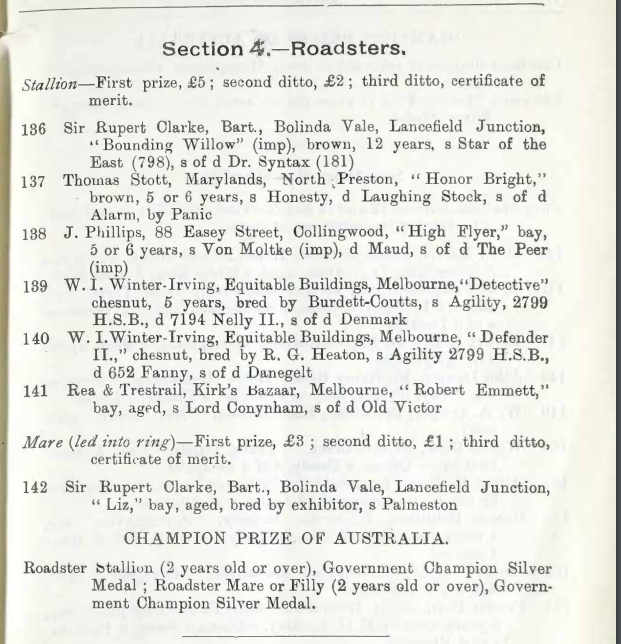
In 1897 Rupert showed a heavyweight hackney stallion named Courage, second to Charles Glasscock’s The Squire; and showed a light hackney stallion named Trooper, second to Charlie Gidney’s. Hence only just beaten by two of the best horsemen in Victoria – both India traders. Rupert eventually moved to Sydney.
He went on an exploration of New Guinea in 1914 where he contracted malaria, it affected him for the rest of his life. Sometime after WW1 he moved to England. While his home there was being built he went to his house on Monte Carlo, also for his health. He died there on Christmas Day, 1926, of a heart attack, aged only 61. Rupert always gave generously to charity and personally helped many people when down on their luck; it was said his hand was always in his pocket. The Clarke family were always very generous both personally and to charities and good causes. Rupert had many interests, among them sailing and the theatre, and was a good business man. He lived life to its fullest. A marvellous family. The horses Rupert shipped to Colombo and India were described as the best ever sent from Australia. High praise indeed!
